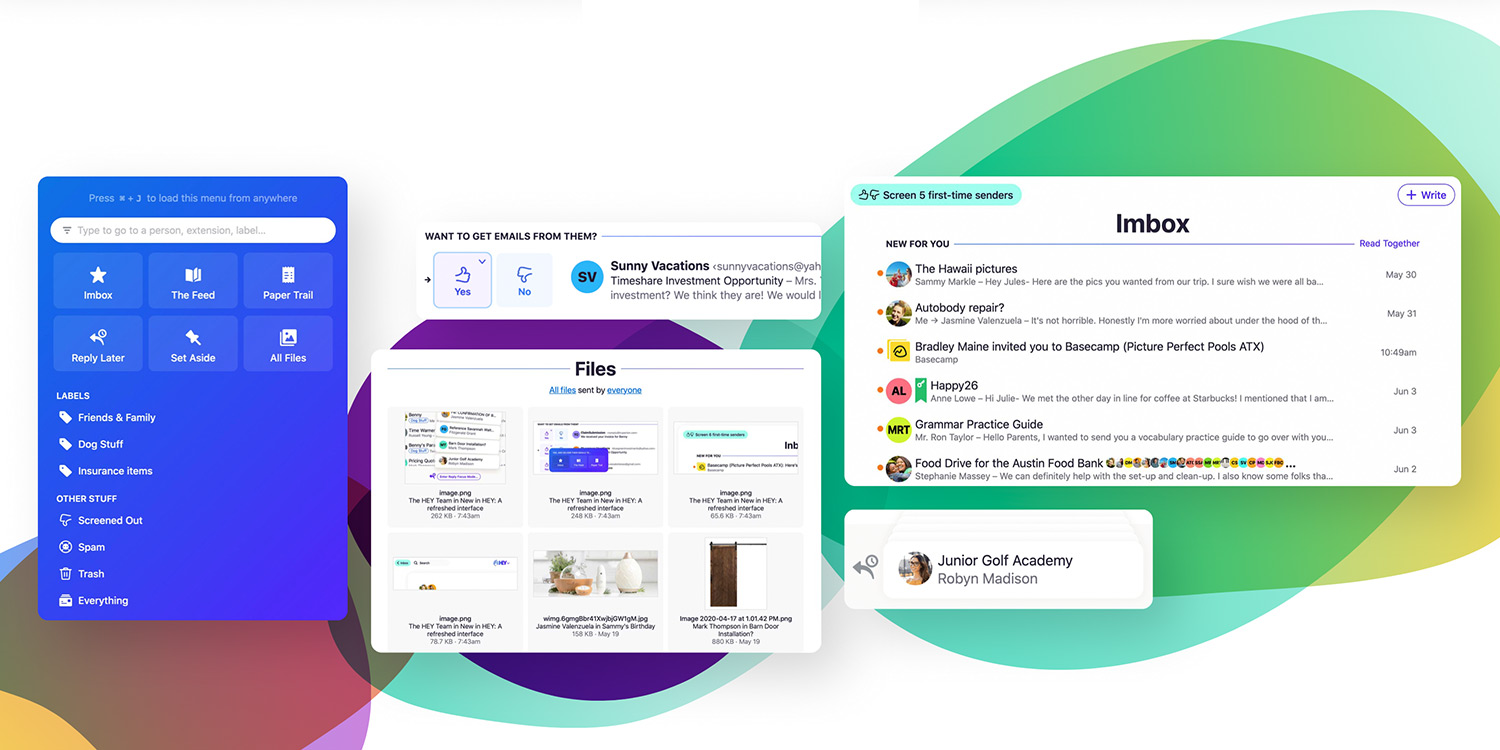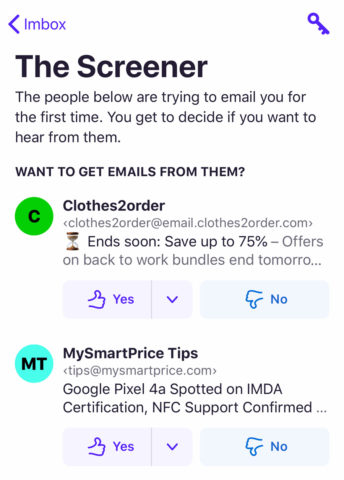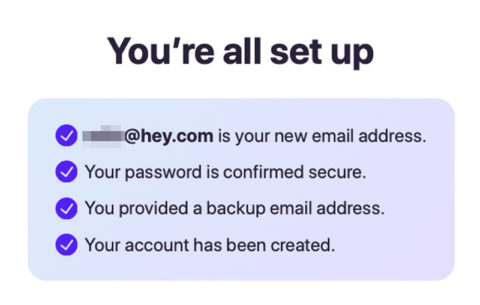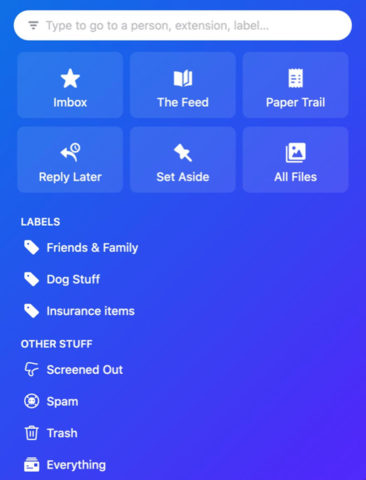Developer: Basecamp
Price: Free to try
Subscription: $99/year
Size: 41 MB
Version: 1.0.4
Imagine a world in which email is “solved.” A world where strangers can’t contact you without express consent. Where email spy trackers can’t abuse your privacy. Where you aren’t pressured by a little red circle into reading every last purchase receipt. This is the world of HEY, a new email service from Basecamp.
It’s a fundamental rethink of email, and it feels fresh and clever and on-your-side in a way existing services don’t. But is HEY’s promised land worth ditching your old email provider and spending $99/year for the rest of your email-sending days? Well, that depends…
Everything in its right place
HEY has a lot of ideas about what makes it so great – dip into its 2000-word manifesto for a taste – but at its core, this is simply a service that wants you to deal with fewer emails.
It does that in two key ways: firstly, by splitting your inbox into themed buckets to keep “real” correspondence at the fore; and secondly, by only allowing mail to hit your inbox after you’ve given explicit permission to the sender.
Filtering mail by type is nothing new – Gmail has done it for years – but HEY takes the idea a step further by tweaking each section’s interface to suit its needs. The business-like Paper Trail is home to receipts and transactions, while The Feed lets you scroll through newsletters at your leisure like an Instagram feed. That leaves the Imbox (not a typo) free for the important, immediate stuff, unobscured by all that other crap.
But our favorite feature by far is “the screener,” a holding area for emails from strangers and new contacts. From here you can move each email to any of the three inboxes mentioned earlier, or screen it out completely. HEY will remember your choice and filter subsequent correspondence in the same way. It’s much less daunting than manually sorting all your mail, and really makes you feel in control. No more spam, no more unsolicited mail, no more fiddly unsubscribe requests.
But did you say $99/year?!
That price tag is going to put a lot of people off – but if you check your email every day, $8.25/month isn’t entirely unreasonable. The big players in email offer their service “free” in exchange for your personal data, the chance to sell ads on your inbox, or to keep you stuck in their ecosystem. HEY charges a fee so it doesn’t have to do those things.
It’s also important to note that HEY is the whole kit and caboodle – this is not just a fancy new app, it’s a full email service provider. That means you get a shiny new @hey.com email address when you register. As a new service, it’s quite likely that yourname@hey.com is still available. This may be your chance to finally let go of cute_shark_lover_76@hotmail.com.
But moving email addresses is a big commitment, and nobody wants to back a horse that might only survive a few years. On that point, we spoke with co-founder David Heinemeier Hansson: “Basecamp is more than 20 years old and still supports free apps released in the mid-2000s! If anyone is going to stick around until the end of the internet, we’re a good bet.”
Potential dealbreakers
The flip side of that cool new @hey.com address is that you’ll be leaving your old email behind. Luckily, it’s easy enough to set up mail forwarding so you don’t miss anything from the old account, but for some users that might not be enough. If you need to use a specific address for work, HEY says it plans to support custom domains in the future – but don’t ever expect HEY to work with competing providers. It needs full control for many of its flagship features.
And those flagship features will require a bit of mental retraining to use effectively. There’s no such thing as VIP contacts or flagged messages anymore. Instead, push notifications can be set on a per-contact basis (with new contacts off by default) and a tagging system helps keep track of related emails. Most of these changes are for the better, but you can’t pick and choose the bits you like; you have to buy into HEY’s philosophy entirely or not at all.
Finally, there’s no support for multiple accounts here. Despite the myriad cool features and the sweet new email address, this single fact was a dealbreaker for this reviewer. If you need separate email addresses for home and work, there’s no good way for HEY to support both. You’re stuck using two different mail apps, or endlessly signing in and out of two pricy HEY accounts. Until they figure that out, the service isn’t going to “solve” email for everybody.
Give it a try
So it might not be ideal for every use case, but HEY’s wholesale shake-up of email is extremely refreshing – and for a lot of people, it really will be the promised land. This review is already running long and we’ve barely mentioned half its features, so if your curiosity has been piqued we’d highly recommend giving it a try for yourself.
Thanks to a public spat with Apple, the registration process in the iOS app is far from ideal. So if you want to test out HEY for yourself, head directly to hey.com in your web browser and sign up for a free trial. You’ll get two weeks’ use of a new @hey.com address, after which point you can either walk away or pay up to lock it down for good.
The world of email has barely changed since Gmail came onto the scene in 2004. The cost and the commitment might not be worth it for everyone, but HEY could be the catalyst for a new era of – dare we say it? – pleasant email.





